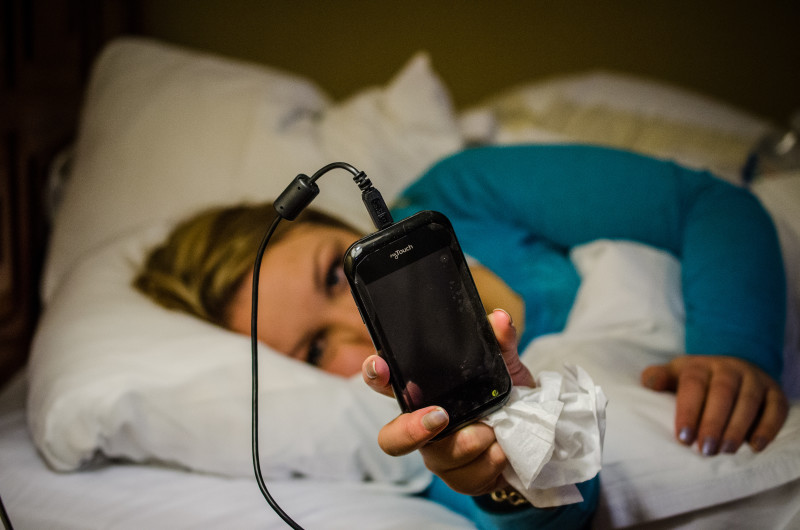"My sense is that electronics are very much impeding sleep," she said. "What I call iPad insomnia."
One reason, Zak said, is too much light stimulation. "We are, at base, animals. Our biological clocks are affected by what we see. The later you have light, your body is going to assume you need to be up later."
Aside from producing light just when you don't need it, online activity also stimulates your brain in a way that reading a book doesn't. "You go here, you go there, your mind is constantly racing, and how can you possibly get to sleep if you're actually being alerted and maintaining alertness?"
Zak said people with insomnia are making it worse by using electronics close to bedtime or in the middle of the night. "And people who did not used to have insomnia are curtailing their sleep times artificially and detrimentally by staying on electronics late into the night," she said.
In 2011, a study by the National Sleep Foundation found an astounding 95 percent of people used an electronic device (including watching TV) within an hour of going to bed.
And that was five years ago, when only around 35 percent of adults owned a smartphone. By the fall of last year, that number had increased to 65 percent.
Last year, Olga Khazan in The Atlantic wrote about the effect of smartphones on sleep.
Smartphones and tablets disrupt sleep, in part, because they emit what's known as "blue" light. This light is picked up by special cells behind our eyeballs, and it communicates to the brain that it's morning. (Red light, meanwhile, signals that it's time to go to sleep).
All of this blue light suppresses melatonin, a hormone that helps with sleep timing and circadian rhythms. At night, our melatonin levels are supposed to rise in anticipation of sleep. ... The harm caused by blue light has been replicated over and over. In another study, a group of Harvard researchers compared the effect of 6.5 hours of exposure to blue light, to similarly bright green light. The blue light suppressed melatonin for twice as long, and it shifted sleep schedules by three hours, compared to an hour and a half.
Here, this video explains what's going on. Watch it. But not after 9 p.m.
